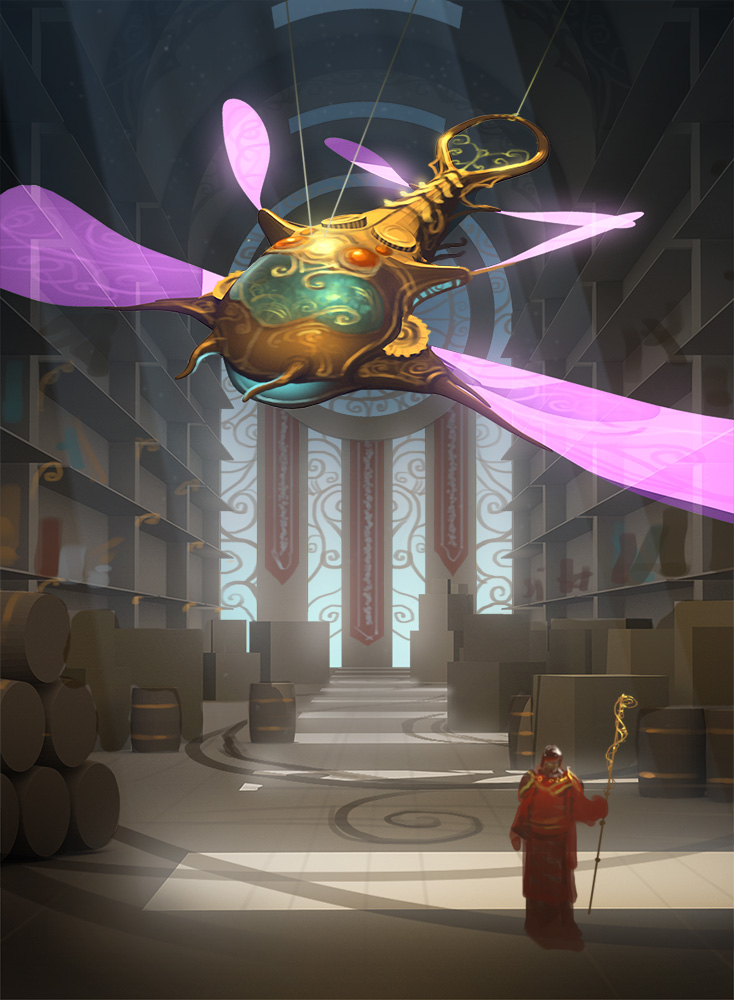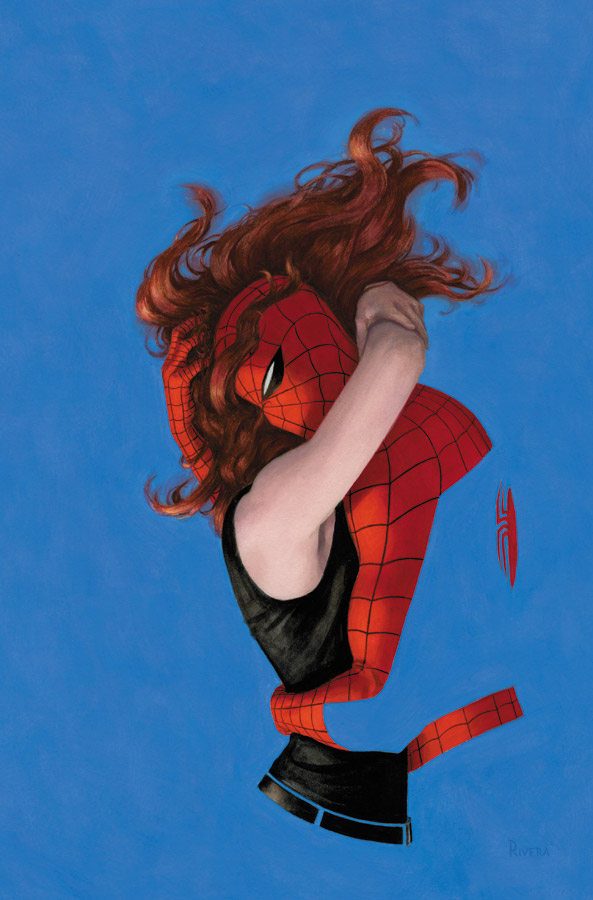This is not the first time I’ve written about portfolio reviews, but usually I write about how to get them, not give them. Or I talk about what I’m looking for in an artist when I review their portfolio. Well recently I had an artist reach out to me who, now having become a Working Professional Artist, had been asked by their alma mater to give some reviews to the current students. And they asked me for some tips on how to give good portfolio reviews. This article is an extended version of the tips I gave to that artist.
Furthermore, I heard recently of an AD going around giving extremely negative, borderline spiteful, portfolio reviews. I like to think that all Art Directors protect their artists and care about nurturing talent in the community they pull work from, but sadly this isn’t always the case. Sometimes folks with no training get the title of AD in smaller companies. Sometimes folks who couldn’t make it as illustrators themselves somehow become ADs, and that makes them jealous. Sometimes a good AD just still believes a little too strongly in the school of hard knocks/hazing/toughening up artists. In my experience it’s true that most professional Art Directors do have the best intentions when Portfolio Reviewing (otherwise why bother? It’s a lot of work no one is forcing you to do) — but the fact of the matter is, there are some bad eggs out there. This article is for them too.
How to Give a Good Portfolio Review, for Art Directors and Professional Artists:
1 — Have the Reviewee Set Expectations
There are a few different types of portfolio reviews, and it’s good to know which one you’re being asked to give even before you see work. Is this a raw newbie who just needs some help taking the next step or two? Is this a solid artist who just doesn’t know where their art fits? Is this someone who specifically wants to work for you in whatever your professional role is? Sometimes the artist has a healthy view of where they stand, and sometimes they don’t. You could spend a tense few minutes feeling out where the artist is, compared to their work, or you could just ask.
This is something I have to credit Artist, Art Director, and Creative Coach Marc Scheff for — and it works so well that I’ve stolen it for every portfolio review I give — After you and the review introduce yourselves, simply ask the artist what they are hoping to get out of the review. This golden question gets them talking. They will usually start by telling you where they’re at (student, working, etc) and what they want (career advice in general, an evaluation of whether they’re ready to work for you specifically, some references of other ADs who their work would be a good fit for, etc.) For some other tips on Constructively Critiquing, check out this article by Marc.
Now you know where they stand, and you can look at some work.
2 — Your Job is to Get Them One Step Forward, Just One
The tendency as a reviewer is to feel like you have to tell a reviewee everything they need to work on in one short review. And honestly, if the artist has a ways to go, that can feel overwhelming for you and discouraging for them. Your job is not to get them from A to Z, your job is to get them from B to C or D at best. One solid step forward. Between what they said they wanted to get out of the review and what you see in their work, a really obvious obstacle is going to come to the fore. Maybe their anatomy is off and they need to do more studies. Maybe they’re saying they want to work in one field but their work is all aiming at a different field. Maybe they need to diversify their characters more. Maybe they need to work on visual hierarchy. Whatever the main obstacle is, you can tell them, and you can give them one solid way to address it. That’s what makes a successful portfolio review.
If the artist processes that and works on it and comes back to you for a review int he future, great, then you give them the next thing. And so on. We never stop learning and we never run out of things to work on. But you have to take it one step at a time.
3 — There is a Big Difference Between Honest and Mean
All too often I hear folks conflate honest with mean and nice with dishonest in reviews. Sometimes the truth hurts. And feedback where you expected to shine can often feel disappointing at first — but that is a world of difference from a reviewer being mean. The hardest portfolio reviews I have to give are the occasional review where the artist’s self-evaluation of their skills is off. By which I mean sometimes folks sit down in front of me thinking they’re ready to be hired for an Orbit book cover, and they’re not, and I have to explain why. That can be hard to hear. However disappointing it is to hear the truth — and I do believe you owe someone the truth, not lies dressed up as fake cheerleading — you can still deliver it in a kind way.
It is not your job — unless explicitly asked — to rule on whether you think an artist has a future as a professional or not. Artists, if a reviewer ever tells you that you have no future as an artist, you have my permission to get the heck out of there and wipe that review from your mind. No matter how much experience I have in seeing artists develop, I still can’t predict who has the determination to put the work in and who doesn’t and neither does any other reviewer. It’s not a reviewer’s job to kill dreams. And if you give portfolio reviews just to kill dreams and you convince yourself it’s helping people then you should get yourself into some therapy, because the problem isn’t the artists, it’s something unresolved in you.
4 — Bring Your Experience to the Table
Different ADs give different reviews. And Pro Artists vary wider still. One of the fun things about giving portfolio reviews at a convention is that you’re usually in a room with a few other ADs giving reviews, and you get to eavesdrop a little. I have learned a lot from hearing folks like Irene Gallo, John Schindehette, and Zoë Robinson give reviews to artists. And it’s even more interesting to listen in on a review of the same artist you reviewed, but by a different AD or Pro. There usually tends to be overlap (that obstacle the artist is struggling with that’s obvious to you will often be just as obvious to other ADs). Since no two people will review the same artist exactly the same way, the important thing to focus on is giving that artist your review.
For example, I have often lauded Zoë on her rigorous skills portfolio reviews. I’ve often referred to her as the “finishing school” — whatever art school didn’t teach you, Zoë would catch and show you how to polish. I can’t tell you how many artists I work with were originally Zoë’s artists when she worked at Fantasy Flight. She rock tumbled them, polished off the rough edges, and passed them up the industry ladder on to things like book covers and Magic Cards. Those kind of reviews are her strength. They are NOT my strength. I focus on composition and impact, because it’s so critical to book covers. If anyone reading this has had a portfolio review with me ever, chances are we talked about Visual Hierarchy. Because it’s so important in my job, it’s really glaring when a portfolio is missing it. That’s insight I can give to an artist that a lot of other reviewers wouldn’t focus on. But they have to go to someone else to talk about Anatomy, or Lighting & Color skills, or a ton of other things.
5 — Give them an Action Point
This usually comes out of the obstacle you see come to the fore that we talked about above. Don’t just tell an artist what the problem is, give them something to do about it. If their compositions aren’t dynamic enough, recommend they go over Loomis’s thumbnail and composition sections in Creative Illustration. If the problem is they want to get into children’s books and don’t know how to get their work seen, either give them some names of ADs you know, or tell them to research them among peers or online until they’ve built up a list of dream clients. If you can tell their reference is probably lazy or maybe missing entirely, then have them start taking custom reference photos themselves instead of trying to photo bash together things they find on Google Image Search.
6 — Leave them Encouraged, not Discouraged
Even if you’ve delivered some hard to swallow truths in the review, you can always end on a positive note. Often I’ll go back through their work and point out the piece I think is their strongest piece and note something that’s really working about it. Sometimes I’ll offer my email address and offer a follow-up review when they figure out how to get past whatever obstacle we talked about. Sometimes I share an anecdote about something I’ve experienced, or something an artist they might look up to struggled with. This is the part of the review that is going to be more personal to you as the reviewer, what you feel comfortable saying, how formal the review situation is, etc. But leaving folks on a high note isn’t just a courtesy, it actually directly impacts how likely they are to absorb the info you gave them and incorporate it into their development.
Now get out there and help some people! Remember, no matter what stage of development you’re at in your career, there are still folks behind you that can use some constructive feedback, especially in peer critique groups. Just remember the most important rule of giving feedback…wait until you are ASKED by the artist to give feedback. Don’t just go all over a con or the internet giving unsolicited advice.








Very insightful article Lauren
Great article! I’m tired of hearing about the “I’m just being brutally honest” types beating up on artists. If someone can’t give an honest review without being a jerk, maybe they should reconsider everything!
Great tips! I find myself on the other side of the table, giving reviews rather than just receiving them, more and more often these days. Especially good to remember that I don’t need to be guilty for not throwing everything and the kitchen sink at them, and focused advice may be more useful advice in fact. A verbal hierarchy to match the visual hierarchy!